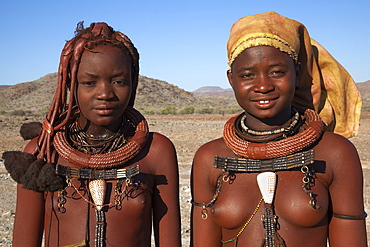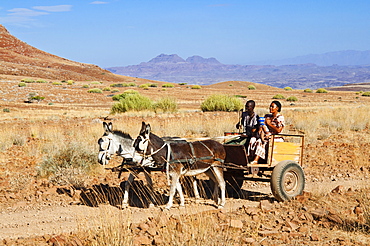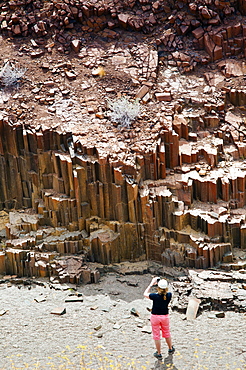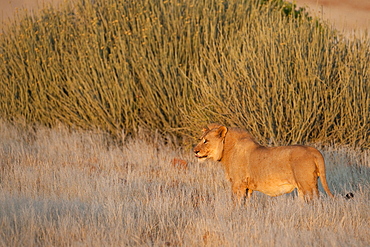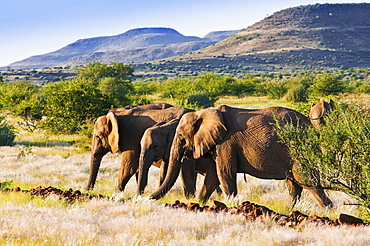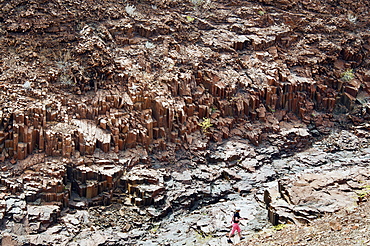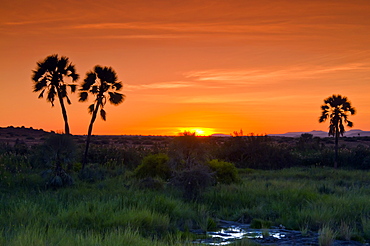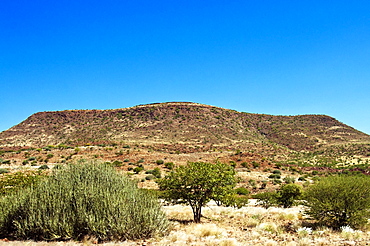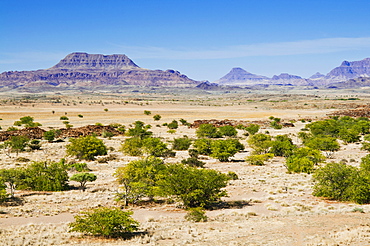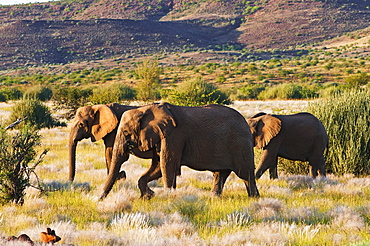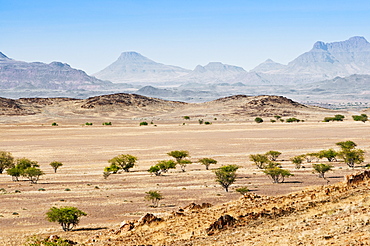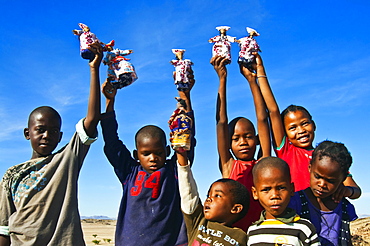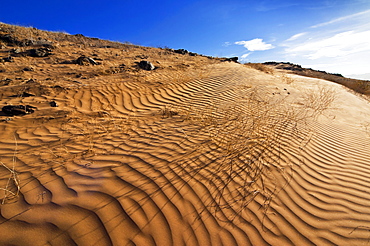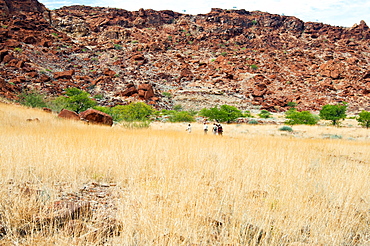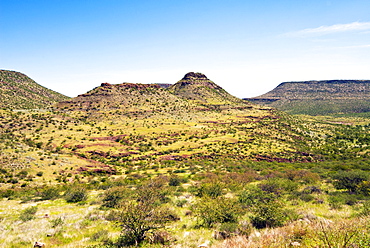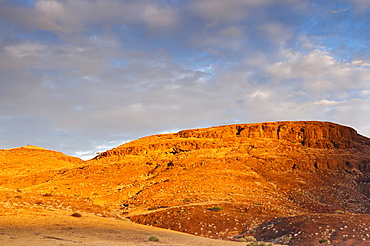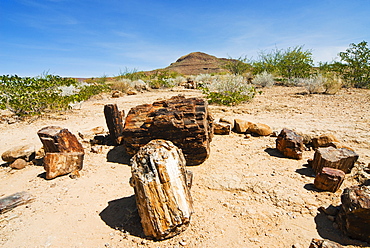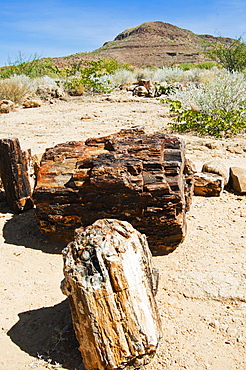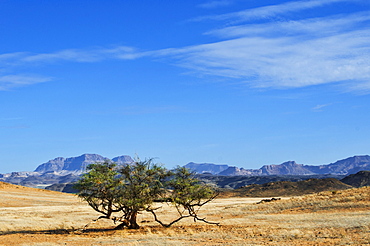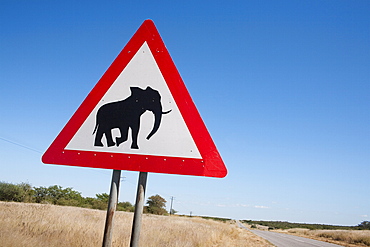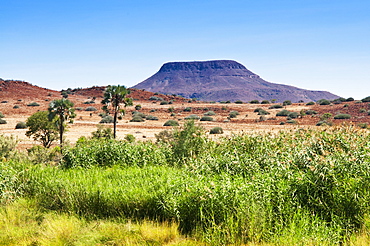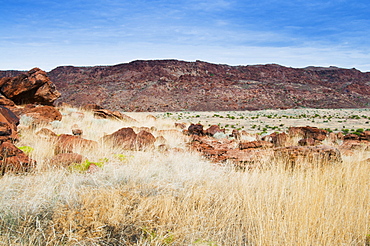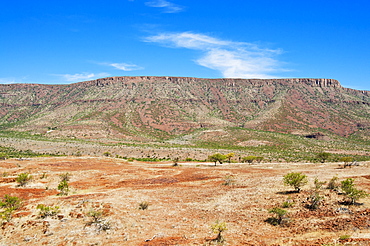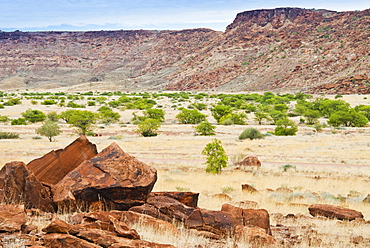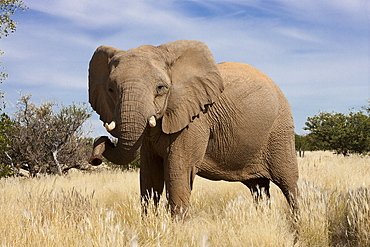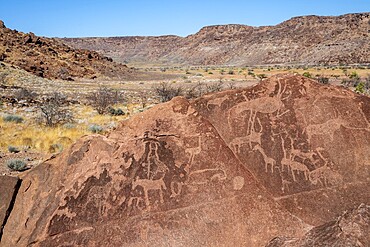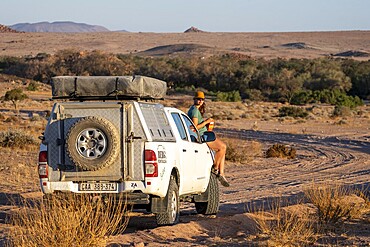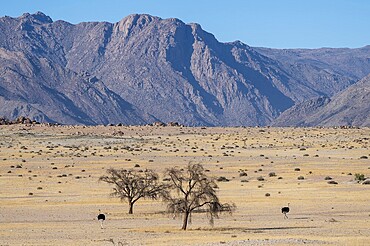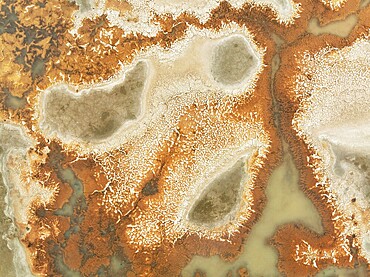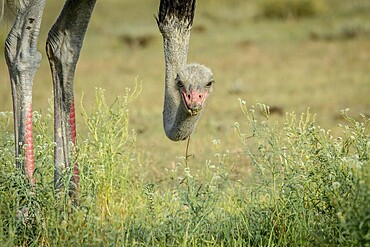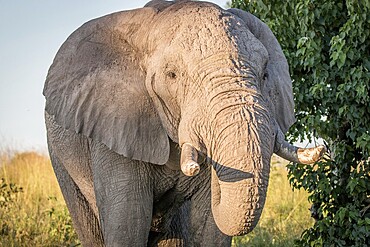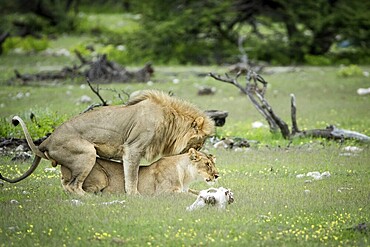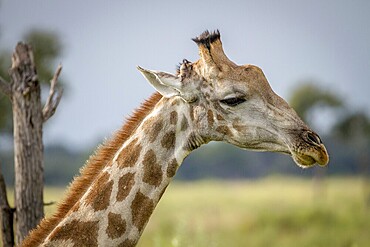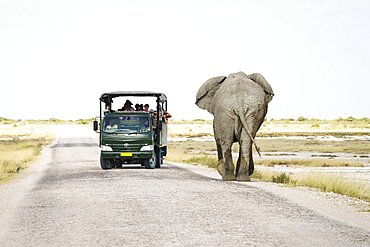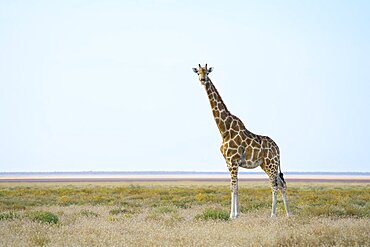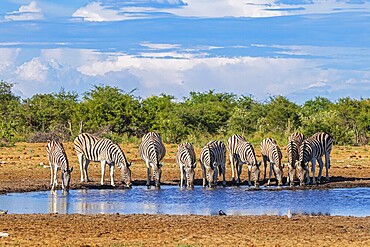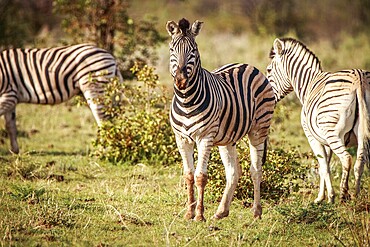Results
69 results found
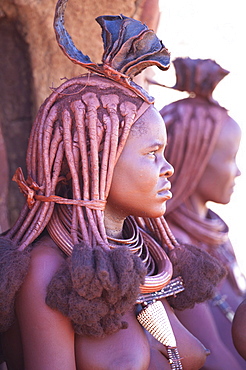
Young Himba woman wearing traditional dress and jewellery and with her skin covered in Otjize, a mixture of butterfat and ochre, Kunene Region, formerly Kaokoland, Namibia
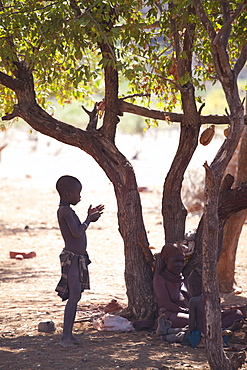
Young Himba boy standing in the shade of a tree in semi-silhouette, Kunene Region (formerly Kaokoland) in the far north of Namibia
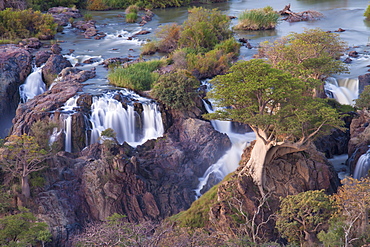
Epupa Falls on the Kunene River (which forms the border between Namibia and Angola), Kunene Region (formerly Kaokoland), Namibia, Africa
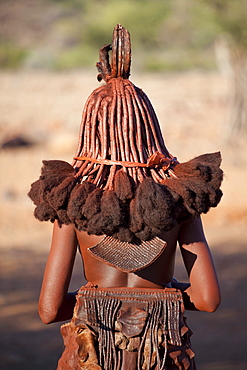
Rear view of young Himba woman showing traditional leather clothing and jewellery, hair braiding and skin covered in Otjize, a mixture of butterfat and ochre, Kunene Region (formerly Kaokoland) in the far north of Namibia
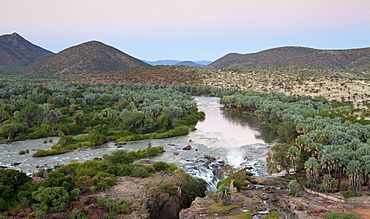
Epupa Falls on the Kunene River (which forms the border between Namibia and Angola), Kunene Region (formerly Kaokoland), Namibia, Africa
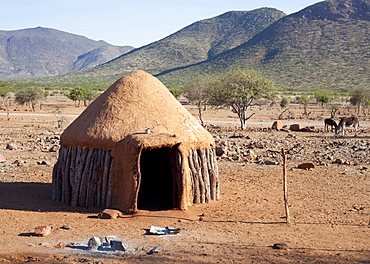
Traditional mud-covered dwelling in a Himba village in the Kunene Region, formerly Kaokoland, in the far north of Namibia, Africa
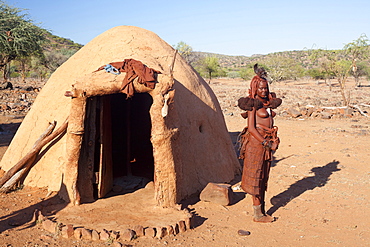
Young Himba woman standing outside her traditional mud-covered dwelling in a Himba village in the Kunene Region (formerly Kaokoland) in the far north of Namibia
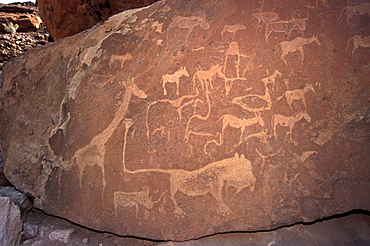
Twyfelfontein rock engravings (petroglyphs) dating from the late Stone Age, between 6000 and 2000 years, UNESCO World Heritage Site, Kunene region, Namibia, Africa
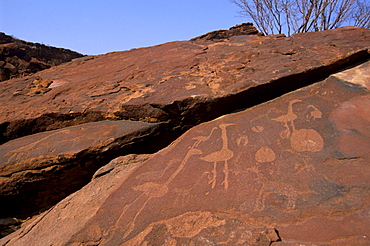
Twyfelfontein rock engravings (petroglyphs) dating from the late Stone Age, between 6000 and 2000 years, UNESCO World Heritage Site, Kunene region, Namibia, Africa
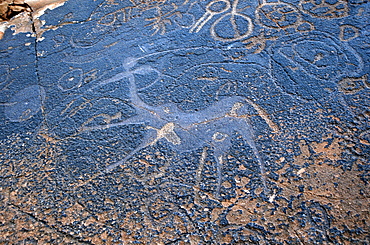
Twyfelfontein rock engravings (petroglyphs) dating from the late Stone Age, between 6000 and 2000 years, UNESCO World Heritage Site, Kunene region, Namibia, Africa
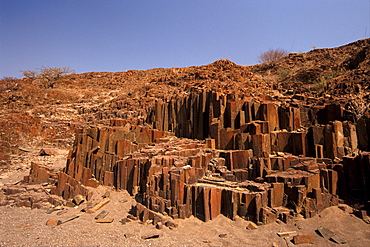
The Organ Pipes, dark brown intrusive dolerite, near the Burnt Mountain, Kunene region, Namibia, Africa
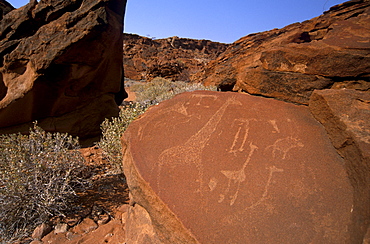
Twyfelfontein rock engravings (petroglyphs) dating from the late Stone Age, between 6000 and 2000 years, UNESCO World Heritage Site, Kunene region, Namibia, Africa
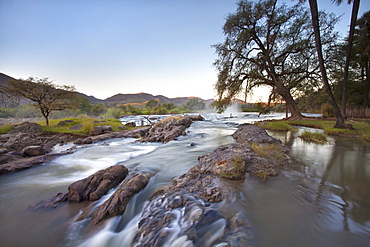
Kunene River which forms the border between Namibia and Angola, near Epupa Falls, Kunene Region (formerly Kaokoland), Namibia, Africa
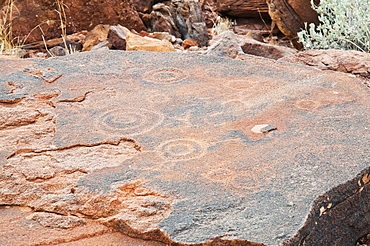
Petroglyphs or rock engravings, Twyfelfontein, UNESCO World Heritage Site, Damaraland, Kunene Region, Namibia, Africa
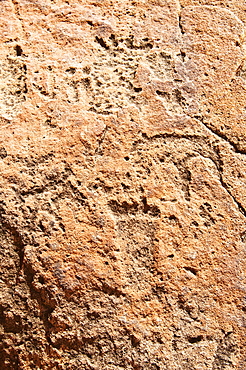
Rock engravings close to Twyfelfontein Lodge, Twyfelfontein, Damaraland, Kunene Region, Namibia, Africa
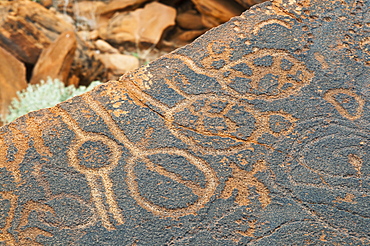
Petroglyphs or rock engravings, Twyfelfontein, UNESCO World Heritage Site, Damaraland, Kunene Region, Namibia, Africa
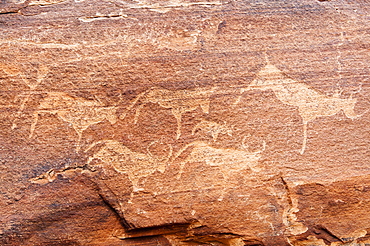
Petroglyphs or rock engravings, Twyfelfontein, UNESCO World Heritage Site, Damaraland, Kunene Region, Namibia, Africa

Dinosaur head rock, Twyfelfontein, UNESCO World Heritage Site, Damaraland, Kunene Region, Namibia, Africa
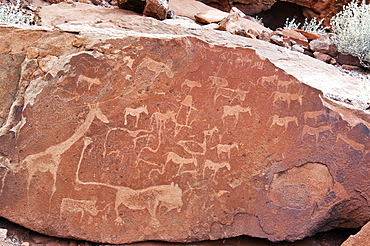
Petroglyphs or rock engravings, Twyfelfontein, UNESCO World Heritage Site, Damaraland, Kunene Region, Namibia, Africa
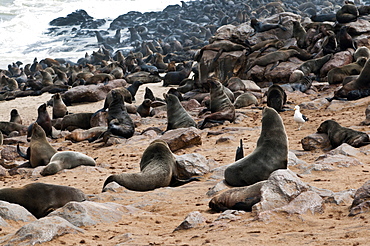
Cape Fur seals (Arctocephalus pusillus), Cape Cross, Skeleton Coast, Kaokoland, Kunene Region, Namibia, Africa
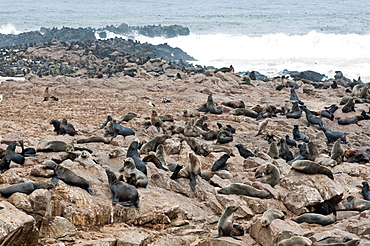
Cape Fur seals (Arctocephalus pusillus), Cape Cross, Skeleton Coast, Kaokoland, Kunene Region, Namibia, Africa
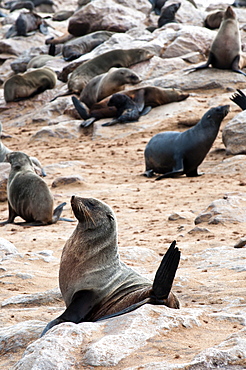
Cape Fur seals (Arctocephalus pusillus), Cape Cross, Skeleton Coast, Kaokoland, Kunene Region, Namibia, Africa
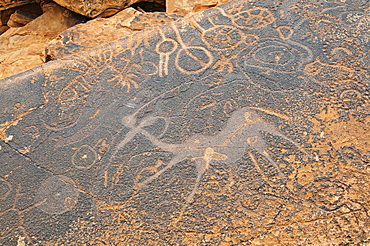
Petroglyphs or rock engravings, Twyfelfontein, UNESCO World Heritage Site, Damaraland, Kunene Region, Namibia, Africa
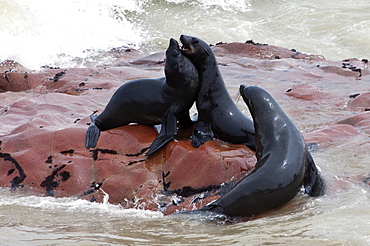
Cape Fur seals (Arctocephalus pusillus), Cape Cross, Skeleton Coast, Kaokoland, Kunene Region, Namibia, Africa
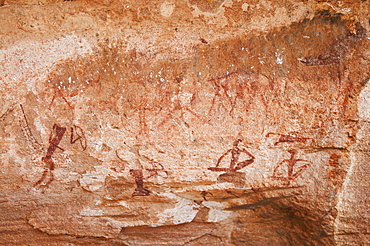
Rock paintings, Twyfelfontein, UNESCO World Heritage Site, Damaraland, Kunene Region, Namibia, Africa
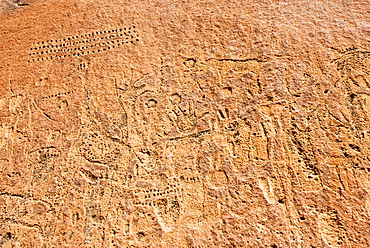
Rock engravings close to Twyfelfontein Lodge, Twyfelfontein, Damaraland, Kunene Region, Namibia, Africa
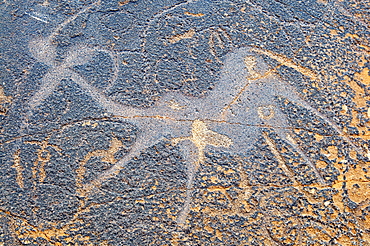
Petroglyphs or rock engravings, Twyfelfontein, UNESCO World Heritage Site, Damaraland, Kunene Region, Namibia, Africa
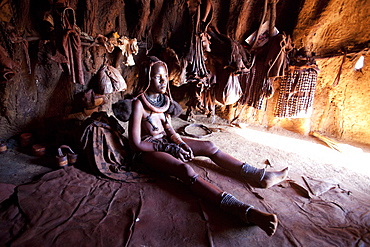
Young Himba woman inside a traditional mud dwelling hut wearing traditional dress and jewellery and with her skin covered in Otjize, a mixture of butterfat and ochre, Kunene Region, formerly Kaokoland, Namibia, Africa
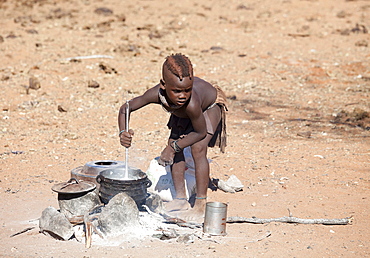
Young Himba boy cooking food on open fire in his village, Kunene Region (formerly Kaokoland) in the far north of Namibia, Africa
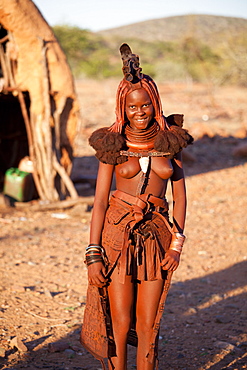
Young Himba woman wearing traditional dress and jewellery and with her skin covered in Otjize, a mixture of butterfat and ochre, Kunene Region, formerly Kaokoland, Namibia, Africa
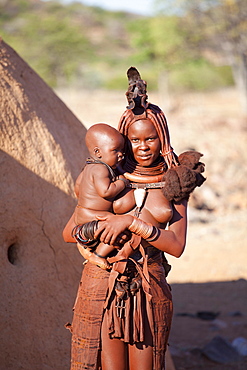
Young Himba woman, with baby, wearing traditional dress and jewellery and with her skin covered in Otjize, a mixture of butterfat and ochre, Kunene Region, formerly Kaokoland, Namibia, Africa
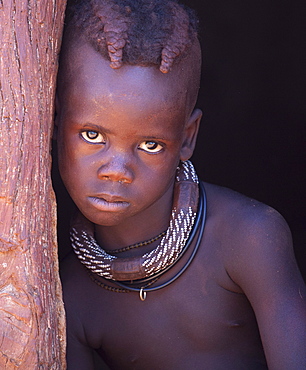
Young Himba boy with plaited hair wearing traditional jewellery around his neck, Kunene Region (formerly Kaokoland) in the far north of Namibia, Africa
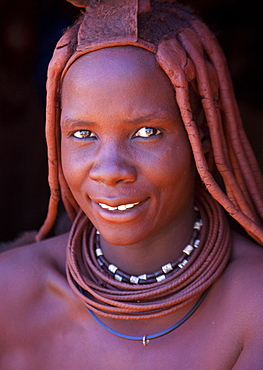
Young Himba woman wearing traditional dress and jewellery and with her skin covered in Otjize, a mixture of butterfat and ochre, Kunene Region, formerly Kaokoland, Namibia, Africa
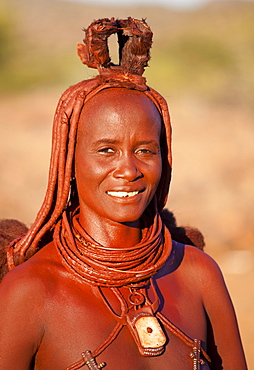
Himba woman wearing traditional leather clothing and jewellery, hair brading and skin covered in Otjize, a mixture of butterfat and ochre, Kunene Region (formerly Kaokoland) in the far north of Namibia, Africa
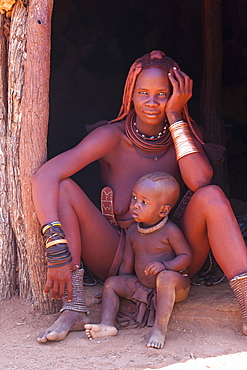
Young Himba woman, with baby, wearing traditional dress and jewellery and with her skin covered in Otjize, a mixture of butterfat and ochre, Kunene Region, formerly Kaokoland, Namibia, Africa
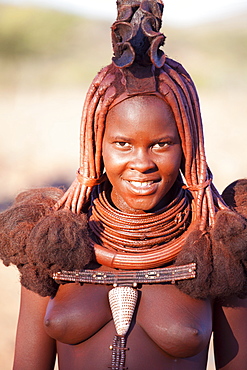
Young Himba woman wearing traditional dress and jewellery and with her skin covered in Otjize, a mixture of butterfat and ochre, Kunene Region, formerly Kaokoland, Namibia, Africa
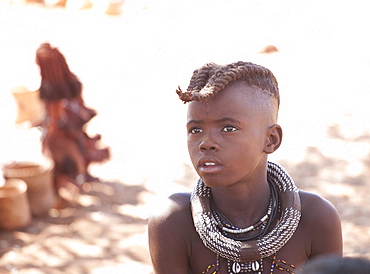
Young Himba boy with plaited hair wearing traditional jewellery around his neck, Kunene Region (formerly Kaokoland) in the far north of Namibia, Africa

Twyfelfontein rock engravings (petroglyphs), dating from the Late Stone Age between 6000 and 2000 years, UNESCO World Heritage Site, Kunene region, Namibia, Africa
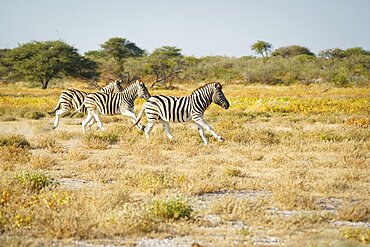
Burchells zebras (Equus quagga burchellii) galloping through grassland. Etosha National Park, Namibia, Africa
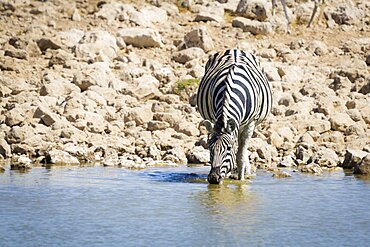
Burchells zebra (Equus quagga burchellii) stands in a watering hole drinking. Etosha National Park, Namibia, Africa
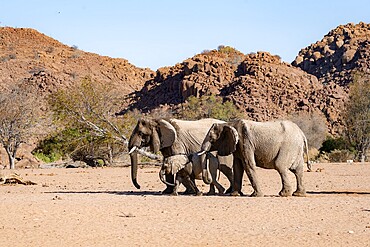
Two African elephants (Loxodonta africana) with young, desert elephant, near the Hoanib River, Damaraland, Kunene region, Namibia
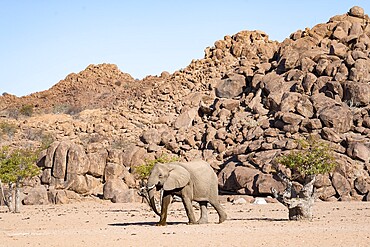
African elephant (Loxodonta africana), desert elephant, near the Hoanib River, Damaraland, Kunene region, Namibia
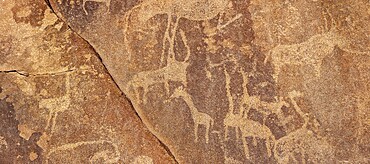
Detail, Depictions of animals on a rock slab, petroglyphs, rock engravings, Twyfelfontein, Kunene, Namibia
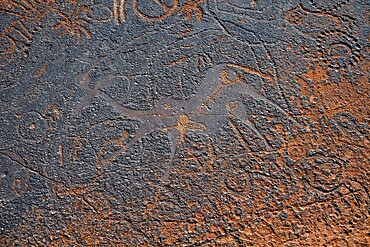
Detail, Depictions of animals and patterns on a rock slab, petroglyphs, rock engravings, Twyfelfontein, Kunene, Namibia
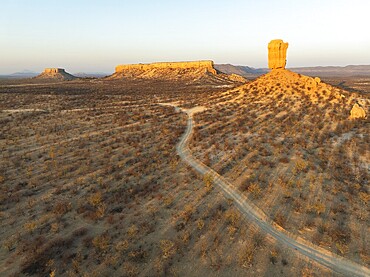
The Vingerklip (rock finger) and the Ugab Valley Terraces are surrounded by thornbush and mopane (Colophospermum mopane) savanna. Aerial view. Drone shot. Damaraland, Namibia

Spitzkoppe (1728 m) - on the left - and Pondok Mountain majestically rise above the surrounding desert plains. At dawn. Aerial view. Drone shot. Damaraland, Namibia
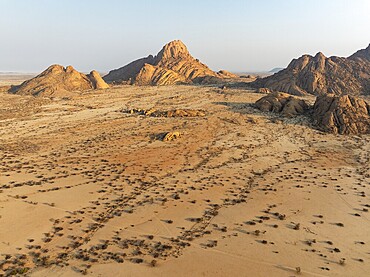
The isolated Spitzkoppe mountain (1728 m) majestically rises above the surrounding desert plains. Aerial view. Drone shot. Damaraland, Namibia
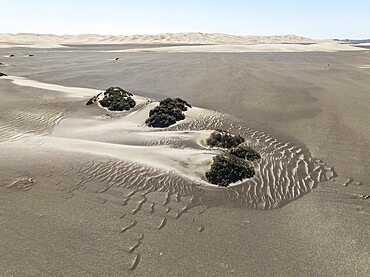
Small sand heaps form around the sparse vegetation in the Namib Desert. Aerial view. Drone shot. Skeleton Coast National Park, Namibia
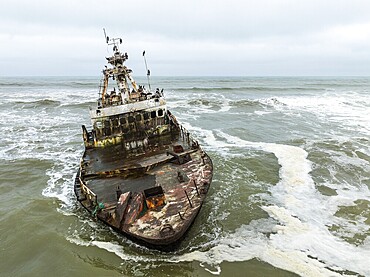
White-breasted Cormorant (Phalacrocorax lucidos). Nesting on the Zeila shipwreck at the Skeleton Coast. Aerial view. Drone shot. Dorob National Park, Namibia
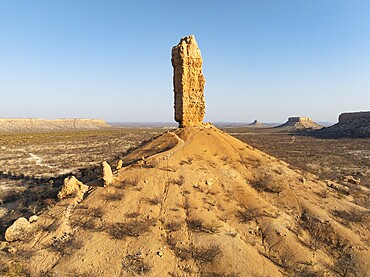
The Vingerklip (rock finger) and the Ugab Valley Terraces are surrounded by thornbush and mopane (Colophospermum mopane) savanna. Aerial view. Drone shot. Damaraland, Namibia
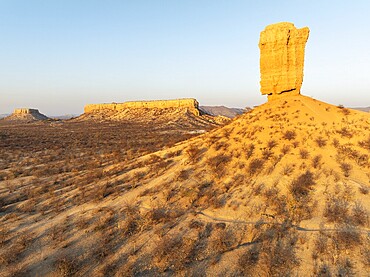
The Vingerklip (rock finger) and the Ugab Valley Terraces are surrounded by thornbush and mopane (Colophospermum mopane) savanna. Aerial view. Drone shot. Damaraland, Namibia
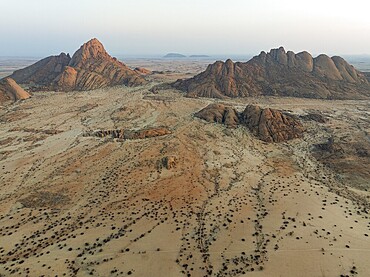
Spitzkoppe (1728 m) - on the left - and Pondok Mountain majestically rise above the surrounding desert plains. At dawn. Aerial view. Drone shot. Damaraland, Namibia
